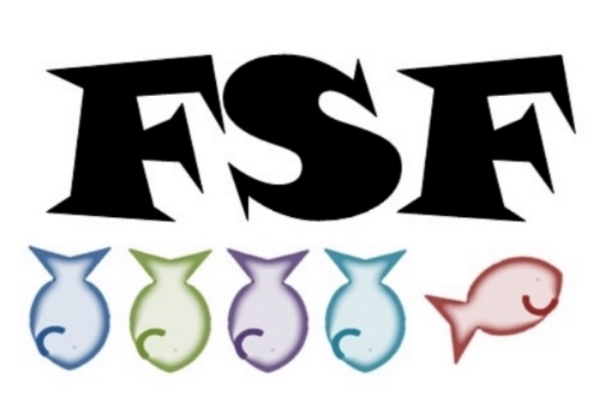You know those characters who take-up a majority of a page with rambling. As with the characters around them, you start to feel annoyed by their constant dialogue and wonder what the author could have been thinking in creating a person in this way. Were they trying to drive away the reader? Didn’t they deal with enough people like this in reality? As a person who talks too much myself, even I sometimes found these constant natterers aggravating in some books. But sometimes, they made me feel better about my own flaws. Instead of focusing on one such character, I am going to focus on three and why their talkative personality trait was important to the author’s purpose. In this case, all three will be female characters for comparison purposes.
The first is, of course, Anne Shirley, the imaginative redhead of Green Gables fame. The first two books of the series give focus on her run-away tongue. L. M. Montgomery molded a young girl who is depicted as unusual by society’s standards and down-right annoying to some of the adults dealing with her. In a time when novels for girls were meant to only show innocence, polite behavior, and the occasional moral lesson, Anne made a generation realize that their own actions and thoughts weren’t that strange. Despite being very intelligent, Anne’s jabbering is a sign of her imperfections. Although she does eventually try to better herself against it, this character aspect drives the plot. Throughout each misadventure that Anne has to talk her way out of, usually using long-winded apologies and a vast vocabulary, the reader sees reactions of those around her. The other characters of the story are defined by how they react to her and her talking. Her best friend, Diana, sometimes mimics Anne’s speech pattern. Her guardian, Marilla, scolds her, yet secretly enjoys Anne’s talk. And of course, her other guardian, Matthew, listens with pride at his smart girl. The characters who do not accept this part of Anne are the antagonists of the story, the people who represent how society just wanted children, young ladies especially, to be seen and not heard. As a writer, Montgomery may have held this mirror up to her world without even realizing it.
The second is Miss Bates from Jane Austen’s Emma. I read this the first time when I was thirteen and got extremely tired of Miss Bates’s pointless dialogue. I confess I started to just skim the page every time she started to talk. However, this was Austen’s purpose in creating the character. Miss Bates the subject of sympathy by all in the town, a poor spinster who was once a part of higher society. She lives with an elderly mother who rarely speaks. Emma, the wealthy main character, visits Miss Bates out of social duty, not enjoyment of her company. As frustrated you as the reader might be with Miss Bates, Emma is that much more so. You wince along with Emma each time this character enters the story. And this was Austen’s plan. The growing annoyance towards this character results in a downfall and turning point for Emma, who is different than other Austen heroines as she is a snob who does not recognize her own faults. It is a mistake that she makes towards Miss Bates that changes her, making the character’s pages of ranting a catalyst to the plot.
Lastly, Princess Eilonwy, one of the side characters of the Chronicles of Prydain. Lloyd Alexander wanted to write a series based around Welsh mythology, but to have characters who readers could relate with. Eilonwy is the token girl of the series which means she had to stand out. Like many princesses in modern fantasy novels, but unique at the time she was written in, she is feisty, able to fight, and extremely stubborn. These are all traits which both exacerbate and are admired by the hero, Taran, who is close to her in age. And, just like relationships between many men and women I know in reality, Taran is annoyed by how much Eilonwy talks. She is sarcastic and loves to make-up strange similes to describe every danger they meet with. Like many intelligent people, she’s also scatterbrained, where her rambling will taper-off or be inconsequential to the situation at hand. Although her talking is not important to the plot in these stories, it is important to Taran’s development as a main character. It is the part of her that he complains about, yet is what he misses when they are apart. The way he reacts to her constant chatter as they grow up shows his maturity and how he is becoming a leader. Alexander is revealing the hero’s personality change in a way that is subtle, yet more entertaining for the reader.

